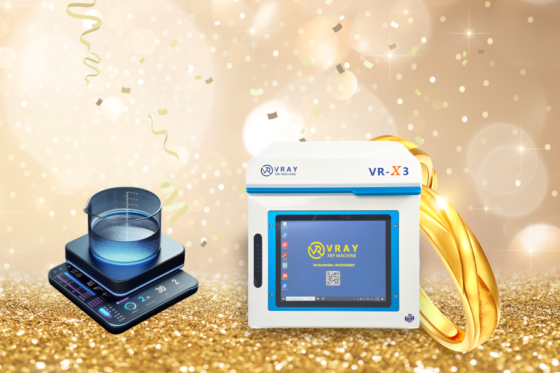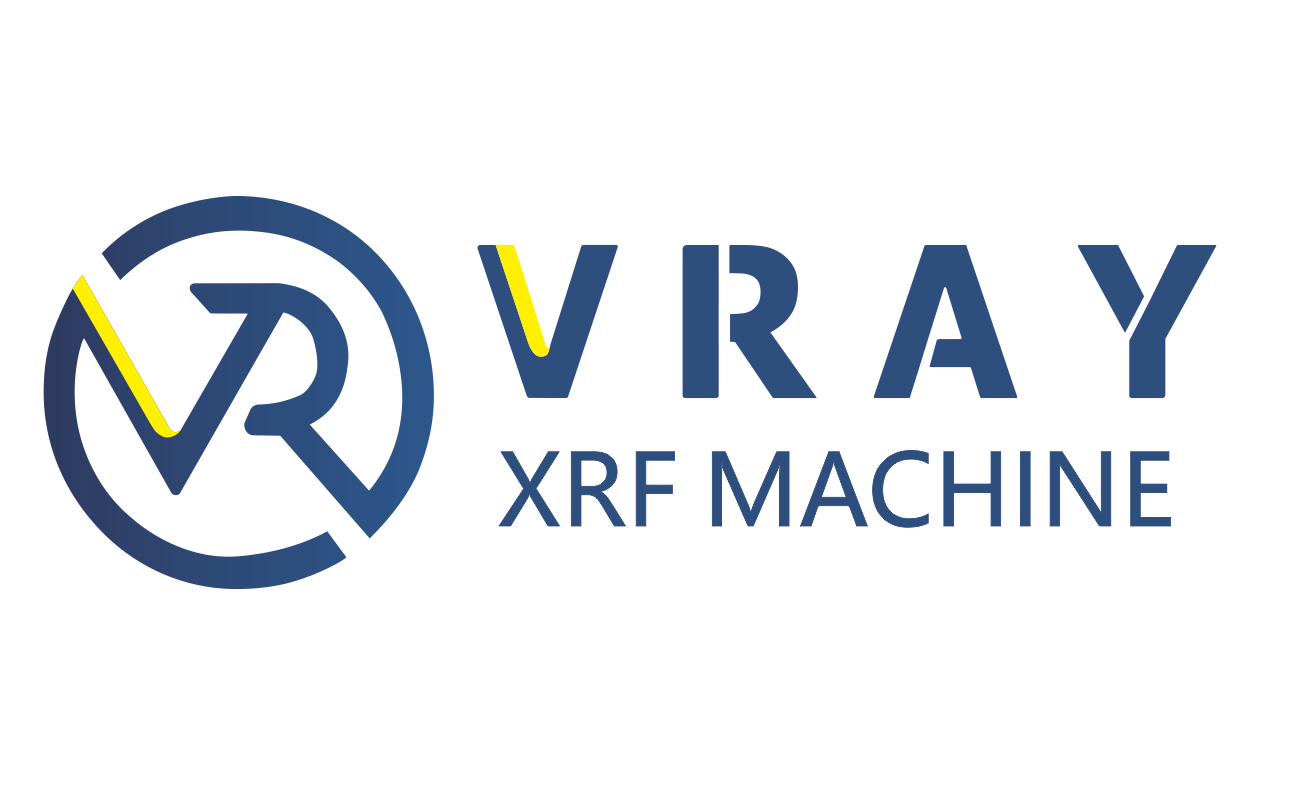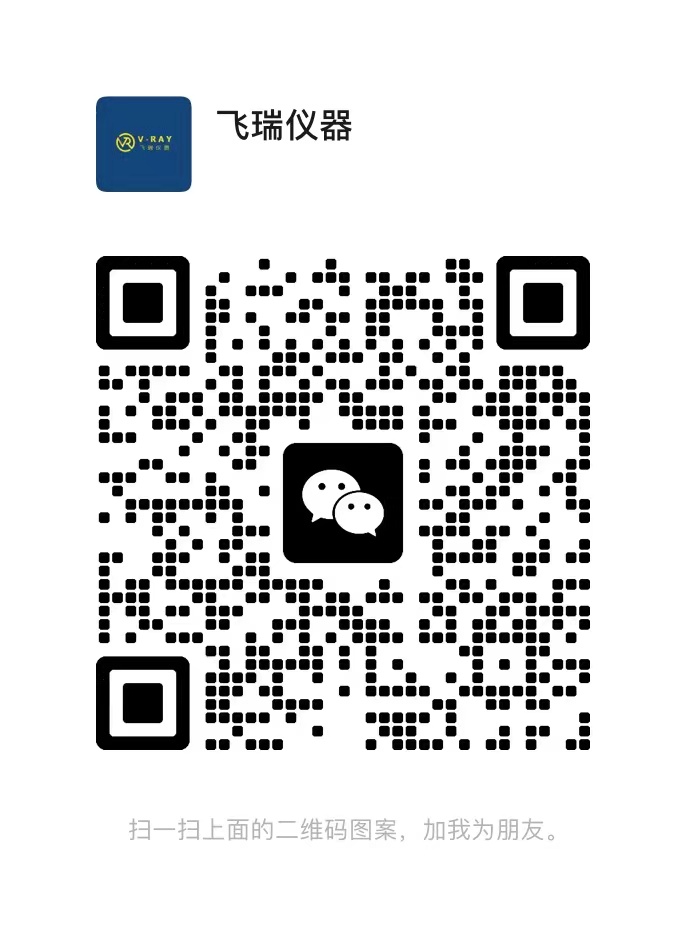Sự khác biệt giữa máy đo tỷ trọng máy đo vàng và máy kiểm tra vàng XRF là gì?

Khi nói đến thử nghiệm vàng, Các chuyên gia dựa vào các phương pháp chính xác và đáng tin cậy để xác minh độ tinh khiết và thành phần của vàng. Hai công cụ phổ biến cho mục đích này là Máy đo tỷ trọng vàng và XRF (Huỳnh quang tia X) Máy kiểm tra vàng. Mặc dù cả hai đều cung cấp những hiểu biết hữu ích về chất lượng của vàng, Chúng hoạt động dựa trên các nguyên tắc khác nhau và mang lại những lợi thế riêng biệt. Trong blog này, Chúng tôi sẽ phân tích sự khác biệt chính giữa hai phương pháp thử nghiệm này và giúp bạn xác định phương pháp nào phù hợp nhất với nhu cầu của mình.
1. Nguyên tắc thử nghiệm
- Máy đo tỷ trọng vàng: Máy đo tỷ trọng kiểm tra vàng dựa trên Nguyên tắc Archimedes. Nó đo khối lượng và thể tích của mẫu vàng để tính toán mật độ của nó. Vì các vật liệu khác nhau có mật độ khác nhau, Thiết bị có thể cung cấp ước tính về độ tinh khiết của vàng bằng cách so sánh mật độ của nó với vàng nguyên chất (19.32 g / cm³). Tuy nhiên, Phương pháp này là gián tiếp, và độ chính xác có thể bị ảnh hưởng bởi sự hiện diện của hợp kim hoặc tạp chất.
- Máy kiểm tra vàng XRF: Máy kiểm tra XRF sử dụng Công nghệ huỳnh quang tia X để xác định thành phần nguyên tố của mẫu vàng. Máy hướng tia X lên bề mặt vật liệu, làm cho các nguyên tử phát ra tia X thứ cấp. Bằng cách phân tích mức năng lượng của các khí thải này, máy kiểm tra XRF xác định các yếu tố cụ thể trong mẫu và tỷ lệ của chúng, cung cấp phân tích trực tiếp về độ tinh khiết của vàng và bất kỳ kim loại nào khác hiện có.
2. Chính xác
- Máy đo tỷ trọng vàng: Trong khi đo mật độ có thể đưa ra một dấu hiệu chung về độ tinh khiết của vàng, nó không phải là phương pháp chính xác nhất, đặc biệt là khi xử lý hợp kim. Nếu mẫu không 100% thuần, Kết quả thử nghiệm có thể bị sai lệch do sự hiện diện của các kim loại khác như đồng hoặc bạc, làm cho nó kém đáng tin cậy hơn để phân biệt giữa các loại vàng khác nhau (ví dụ:, 18k, 22k, hoặc 24k).
- Máy kiểm tra vàng XRF: Thử nghiệm XRF được xem xét Độ chính xác cao, đặc biệt là khi phân tích hợp kim và Vật liệu đa yếu tố. Nó có thể phát hiện không chỉ hàm lượng vàng mà còn sự hiện diện của các kim loại khác, Giống như palladium, platin, và bạc. XRF được biết đến với độ chính xác, thường đạt đến 99.99% Chính xác, tùy thuộc vào kiểu máy và mẫu đang được thử nghiệm.
3. Thử nghiệm không phá hủy
- Máy đo tỷ trọng vàng: Kiểm tra mật độ nói chung là không phá hủy, nhưng nó yêu cầu mẫu phải được cân và ngâm trong nước, có thể không phù hợp với các mặt hàng mỏng manh hoặc có giá trị như đồ trang sức bằng vàng với đá quý.
- Máy kiểm tra vàng XRF: Thử nghiệm XRF đầy đủ không phá hủy. Không cần chuẩn bị mẫu, và thử nghiệm có thể được thực hiện trên nhiều loại vật liệu mà không làm thay đổi hoặc làm hỏng chúng. Điều này làm cho XRF trở nên lý tưởng để thử nghiệm các sản phẩm vàng thành phẩm như tiền xu, Quán bar, và đồ trang sức.
4. Tốc độ kiểm tra
- Máy đo tỷ trọng vàng: Máy đo tỷ trọng thường cần nhiều thời gian hơn cho mỗi thử nghiệm vì mẫu phải được cân, Ngập nước, và tính toán lại. Nó cũng có thể cần thêm thiết bị như cân và cốc. Quá trình này có thể mất vài phút cho mỗi mẫu.
- Máy kiểm tra vàng XRF: Máy phân tích XRF được biết đến với Tốc độ kiểm tra nhanh. Nhiều thiết bị XRF hiện đại có thể cung cấp kết quả trong Giây, làm cho chúng thuận tiện hơn cho môi trường thông lượng cao, chẳng hạn như cửa hàng trang sức, Cửa hàng cầm đồ, hoặc văn phòng xét nghiệm.
5. Tính linh hoạt và các trường hợp sử dụng
- Máy đo tỷ trọng vàng: Công cụ này phù hợp nhất để kiểm tra các vật phẩm vàng đơn giản, chẳng hạn như thỏi hoặc tiền xu, nơi không có nguy cơ các vật liệu khác cản trở phép đo. Nó có thể không hoạt động tốt với đồ trang sức phức tạp hoặc các mặt hàng có chứa nhiều vật liệu (ví dụ:, đá hoặc kim loại hỗn hợp).
- Máy kiểm tra vàng XRF: Máy kiểm tra XRF rất linh hoạt và có thể phân tích Một loạt các vật liệu. Nó không giới hạn ở vàng và có thể kiểm tra nhiều nguyên tố cùng một lúc, làm cho nó trở nên lý tưởng cho các ngành công nghiệp khác nhau, bao gồm cả đồ trang sức, Tái chế, Khai thác mỏ, và luyện kim.
6. Chi phí
- Máy đo tỷ trọng vàng: Máy đo tỷ trọng thường có giá cả phải chăng hơn so với máy phân tích XRF, làm cho chúng trở nên hấp dẫn đối với những người dùng cần một công cụ kiểm tra vàng cơ bản nhưng có ngân sách hạn hẹp.
- Máy kiểm tra vàng XRF: Máy phân tích XRF có xu hướng đắt hơn do công nghệ tiên tiến và độ chính xác cao hơn. Tuy nhiên, Khoản đầu tư đáng giá cho các doanh nghiệp hoặc chuyên gia có nhu cầu tỉ mỉ, nhanh, và thử nghiệm không phá hủy trên các hợp kim và vật liệu vàng khác nhau.
Kết thúc: Bạn nên chọn cái nào?
Việc lựa chọn giữa máy đo tỷ trọng và máy đo vàng XRF tùy thuộc vào nhu cầu cụ thể của bạn:
- Nếu bạn đang tìm kiếm một Hiệu quả Phương pháp kiểm tra mật độ của các vật phẩm vàng đơn giản như tiền xu hoặc thỏi, các Máy đo tỷ trọng có thể đủ. Tuy nhiên, độ chính xác của nó có thể bị hạn chế khi xử lý hợp kim hoặc đồ trang sức phức tạp.
- Nếu bạn cần Độ chính xác cao, tốc độ, và khả năng kiểm tra nhiều loại vật phẩm vàng, bao gồm cả hợp kim, Sức, và vật liệu hỗn hợp, các Máy kiểm tra vàng XRF là sự lựa chọn ưu việt. Bản chất không phá hủy và kết quả nhanh chóng của nó làm cho nó trở thành một công cụ thiết yếu cho các chuyên gia trong ngành công nghiệp vàng và kim loại quý.
Cả hai phương pháp đều có vị trí của chúng, Nhưng khi độ chính xác là tối quan trọng, máy phân tích XRF nổi bật là công nghệ tiên tiến và đáng tin cậy hơn để kiểm tra vàng.
 VRAY Cụ Limited
VRAY Cụ Limited

